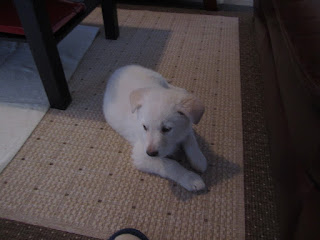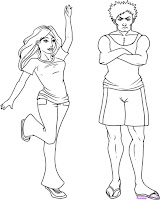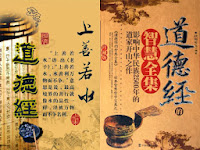
Let me explain a bit further. When talking about martial arts people mostly split them into two main categories: Yin styles and Yang styles, named by China Yin and Yang concept (see: Dualism vs. Yin-Yang). If we transform this naming to western concepts then Yin styles could be referred to as soft or internal, while Yang as hard or external. Behind this naming and division is basically the way how we perform them. Like in Tai Chi which is predominantly practiced with slow nature and gracious movements and consequently labeled as Soft - Internal. In contrast, Yang as hard and external refers to the development of combative skill, brute strength, power and stimulating workout. For the latter Karate or Wing Chun could be examples.
But, if we, over the years, observe how one practices martial arts we note how everything changes due to experiences. Most Shaolin animal styles like White Crane for example, many Tibetan styles and/or Okinawan Karate are trained especially ‘hard’ early in one's life. Later on those styles soften as the master grows old and at the time knows the ‘ideas’ behind. Finally, at the top level the knowledge of any martial artist starts to resemble more to Tai Chi than e.g. stereotypical Karate. Majority of my older teachers converted their style to softer variation.
Is aging the only reason behind softening of martial arts’ styles? Normally the masters are still very vital, full of power and speed that dominates any novice with even higher speed and more force?
There definitely has to be another reason.






























